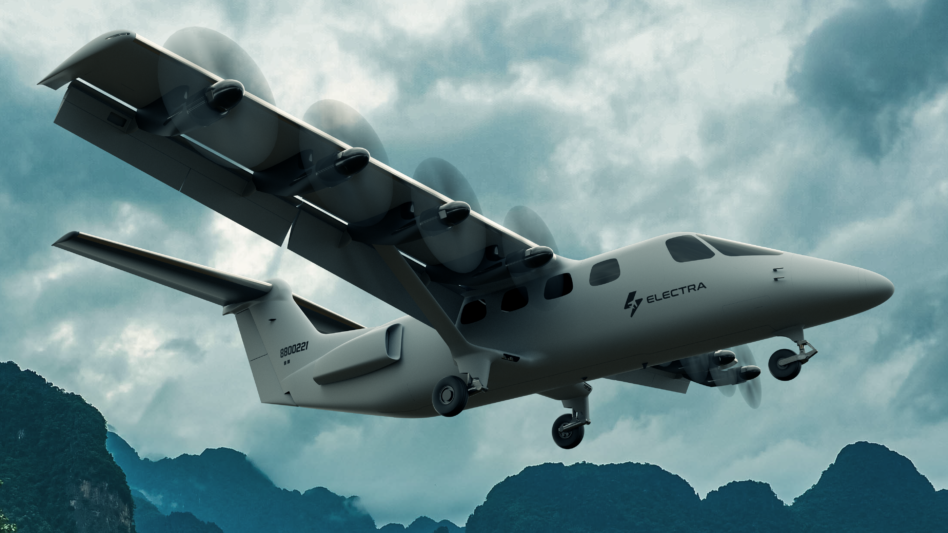The future is here, apparently, and it’s electric. On Tuesday, aircraft company Electra announced a $115M Series B, led by Prysm Capital. Jay Park, Co-Founder and Managing Partner at Prysm, has also joined Electra’s board of directors.
Marc Allen, CEO of Electra, told Tectonic that the money will help the company work toward pre-production and certification in the United States for the company’s electric nine-passenger EL9 aircraft.
“We’ve pivoted from spending the last five years prototyping and proving out the prototypes by flying … now we’re taking all the lessons learned, we’re taking the technology stack, and we’re pointing it towards our nine-seat product,” Allen told Tectonic.
The company says it already has over 2200 pre-orders for the EL-9. That’s over $10B in contract value, Allen said.
Twofer: Electra’s super-quiet, electric short takeoff and landing (eSTOL) planes are the epitome of a dual-use product: They’re great for commercial transport, say, in a city like New York with limited runways and crowded airspace, but they’re also ideal for transporting supplies and munitions to the front line.
- Electra’s aircraft use a combo of blown lift technology and hybrid-electric propulsion to achieve super-short takeoff and landing distances.
- Electra’s EL2 (that’s the two-seater) took flight in November 2023.
- The company’s aircraft need little more than a helipad to take off and land but are about 70% cheaper than a helicopter to fly.
- They’re also very quiet — that’s good for both noise pollution and super-sneaky situations, like extraction operations.
On a mission: Allen told Tectonic that the military has been interested in Electra and its aircraft from the start.
- In January 2023, the Air Force awarded the company a $85M Strategic Funding Partnership to develop its eSTOL technology.
- EL-9 will be able to carry a 1,000-pound payload about 1,000 miles, which is great, for example, to resupply forward operating bases in the Indo-Pacific.
- The planes operate on a fly-by-wire system, which means they can easily be made into UAVs in the future, Allen said.
- The plane also acts like a generator — it can provide 600 kW of energy on the ground, and a bunch in the air, too. That’s helpful for things like electronic warfare (EW) and ISR.
- If needed, the plane can run on jet fuel, too.
Allen told Tectonic that as they develop EL-9 and expand production, they’re in talks with people across the DoD to make sure military needs are met.
A source close to the company (who asked to remain anonymous) said that current levels of demand mean they may have to go out for a Series C very soon.
Build-up: So, what’s next for Electra? How are they planning to build all of these much-desired planes? You guessed it. A factory of the future.
Allen said that the company is exploring two options for their production build-out — building a facility from the ground up, or collaborating with existing aerospace manufacturers to get planes rolling off the line faster.
“Whether we ultimately settle on just a greenfield, a greenfield with a partner, or inside a partner’s facility, all of that is still TBD, but it’ll get worked out here in 2025,” he said.
And speed is key here — the company is working on an ambitious timeline. They hope to have the planes enter into commercial use in 2029, and fly military missions even sooner than that.
“[This is] a massive undertaking, a massive challenge, and it’ll keep us all awake at night for the next four years to get that just exactly right,” Allen said.

